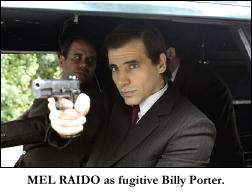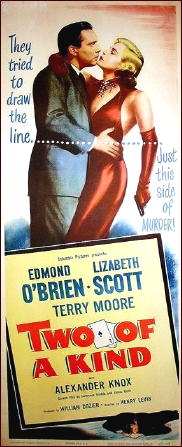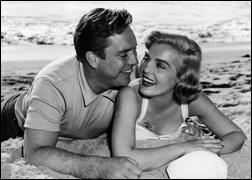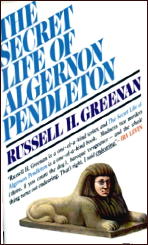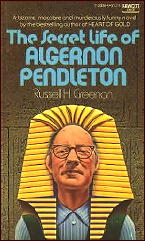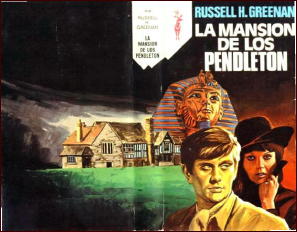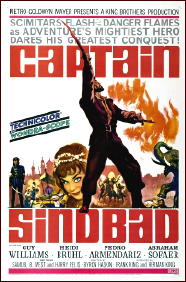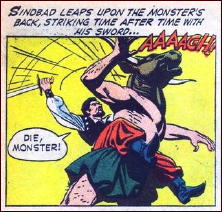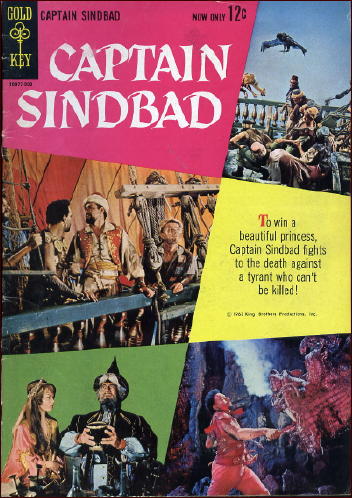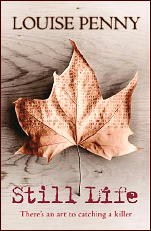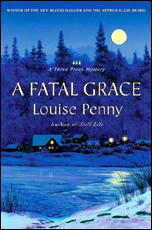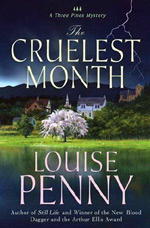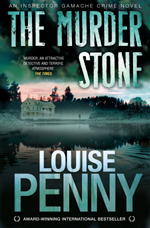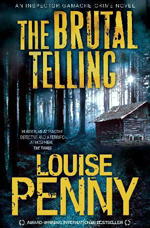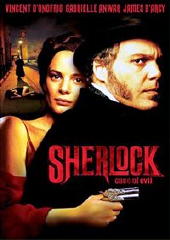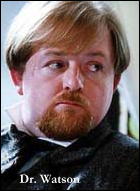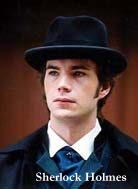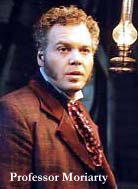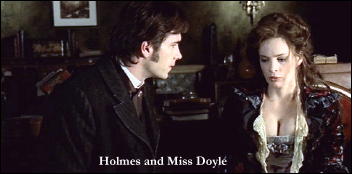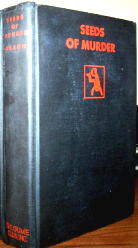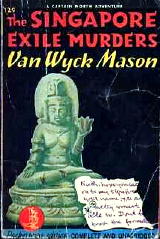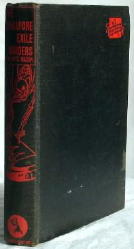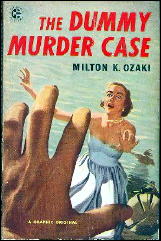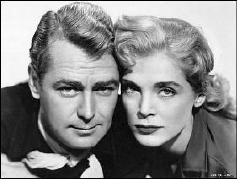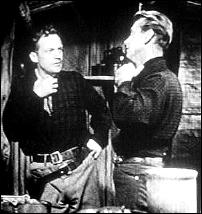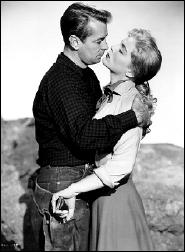A REVIEW BY DAVID L. VINEYARD:
RUSSELL H. GREENAN – It Happened in Boston? Random House, hardcover, 1969. Hardcover reprint: Literary Guild. Paperback reprint: Fawcett Crest, 1970.
“Lately I have come to feel that the pigeons are spying on me. What other explanation can there be?”
From anyone else that statement might seem a trifle paranoid, but from the hero of Russell Greenan’s novel, Alfred Omega (“That’s Irish isn’t it?”) it’s a bright ray of sanity. You see Alfred is a tad paranoid. Obsessive. Manic depressive. Vaguely psychotic. Alfred sits on a bench in Boston’s Public Garden and travels to other times via his ‘reveries,’ living and experiencing them. He sleeps under the bed. He writes down lists of all the restaurants out of the Boston phone book. He thinks God is out to get him and expects a visit from the Almighty at any moment.
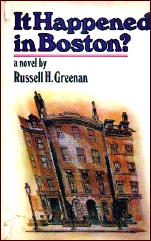
And the pigeons are spying on him.
For God.
Or the Devil.
Alfred also has a young friend Ralph who visits with him and brings his green frog hand puppet Sebastian with him. Sebastian can talk. Really talk. To Alfred anyway.
Alfred is reading a biography of a Polish magician named Casimir, or perhaps imagining he is reading it. With Alfred it can be hard to tell, but Alfred is taking notes.
Did I mention Alfred is also a brilliant artist, the only student of the Maestro who taught him all the techniques of line and brush stroke of the masters? Alfred can recreate any painting so perfectly no one can tell it isn’t original. It is original to Alfred. And those nasty old masters keep stealing credit for his work.
Greenan himself explains it all near the end of the book. I suppose you could call this a spoiler, so be alerted, but believe me there are still surprises to come. Alfred simply summarizes it all better than I can.
What was I given? A faithless, empty-headed, burglarious woman for a wife and a conscienceless, philandering English phlebotomist for a business agent. This precious pair of vipers started it all. These two adders divided my life, subtracted my happiness and multiplied my misfortunes. it was they who tipped me into the maelstrom of false marcheses, mercenary Bergamese whores, slippery Italian counts. witless German art experts, villainous Peruvian generals, paranoiac harpies, spiteful Russian cats, specious Polish wizards, spying pigeons, nosy janitors, and ambitious cops. My closest friend was driven to hang himself by my closest enemy. Somehow through cunning insinuation, and obscure machinations, I was inveigled into murdering six poor strangers and the kind and generous Leo Faber — in the name of humanity! I have been slandered, lied to, cuckolded, robbed and persecuted. My lovely reveries have been snatched from my head and replaced by nightmares. The fruit of my years of labor — enough beauty to stock a museum — has been carried off to a foreign land, while one of my masterpieces has been plagiarized by a man dead five hundred years. I’ve been thwarted by an angel, duped by God and stalked by the Devil. Who would believe such things could happen in Boston?
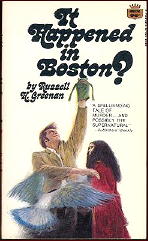
It’s a little hard to describe this magical, fantastical, mysterious, horrific, macabre, psychological thriller. If Fredric Brown and Cornell Woolrich had collaborated with Kafka on a novel that was then developed as a screenplay by Woody Allen, S. J. Perlman, Buck Henry, and Raymond Chandler for a film collaboration by Alfred Hitchcock and Frank Capra… No, that still wouldn’t do it. Might be a hell of a film, but still not quite this one. Maybe if they remade Here Comes Mr. Jordan as film noir re imagined by James M. Cain and Dorothy Parker …
Well, you see the problem.
Greenan’s other novels include Nightmare, A Can of Worms, and The Secret Life of Algernon Pendleton, but It Happened in Boston? is his masterpiece.
I don’t suppose it is for everyone, but I think anyone will be charmed by it and caught in its spell. It is what they mean when they call a book one of a kind. It is a work of genius — and madness. It’s sexy, funny, scary, smart, magical, frightening, and has what well may be the most unexpected ending in the history of the genre — hell, in the history of fiction.
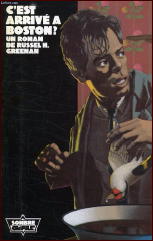
And it happened in Boston.
Or did it?
Believe me, when you’ve finished you won’t know either. And you won’t care. You’ll have read It Happened in Boston? and you’ll never be the same. Even if you want to be.
But you’ll have to excuse me. The cats tell me the pigeons are spying on me. Not that you can trust the cats…
Editorial Comment: In case anyone is wondering, yes, this book is included in the Revised Crime Fiction IV, by Allen J. Hubin. Trust me. I looked.
